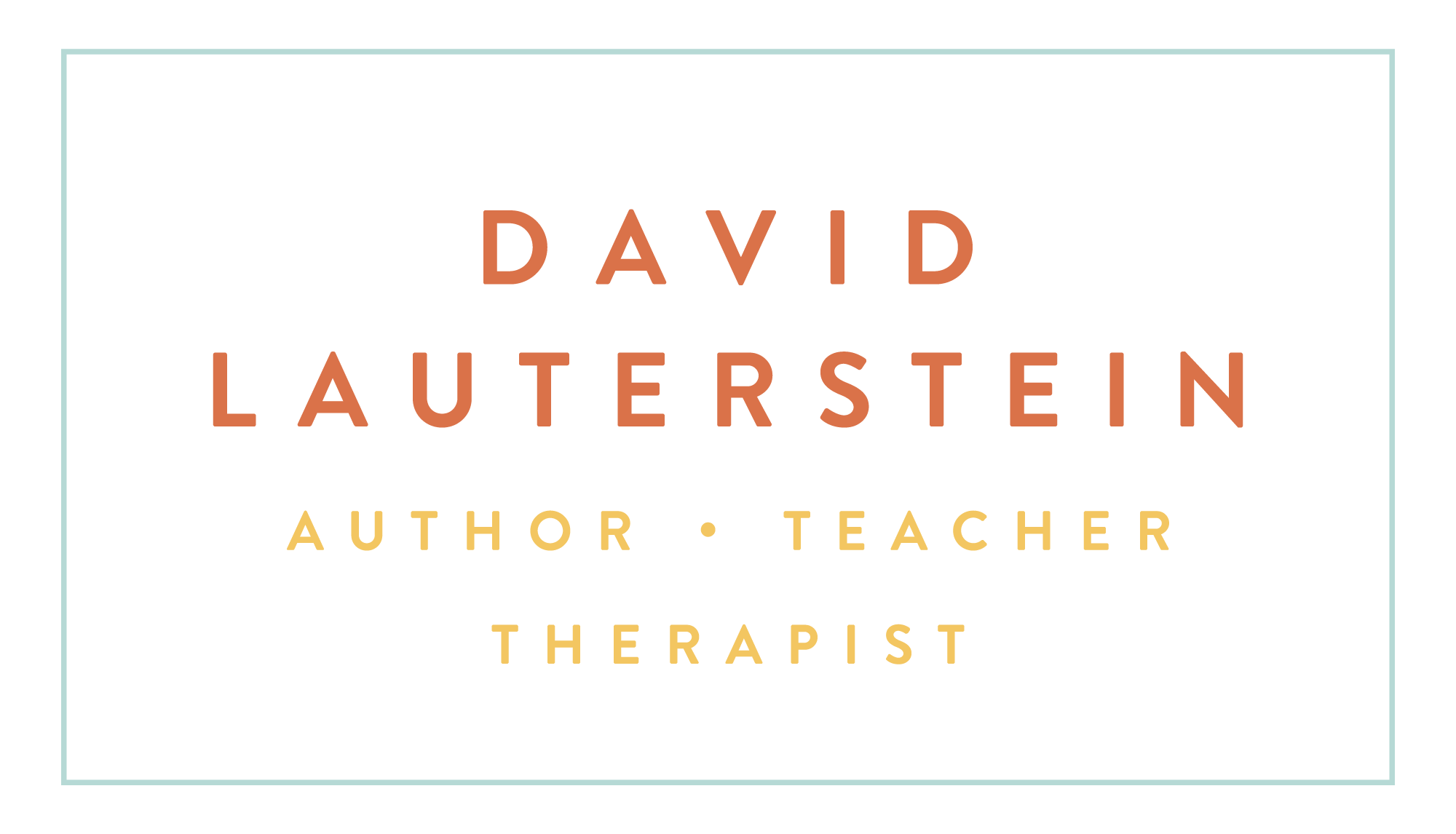John Berger, simply defined his primary question as “does this work help or encourage people to know and claim their social rights?”…how might that relate to massage?
Read MoreTouch and music connect to the deepest parts of us….
Read MoreJennifer Grant asks on the FB page Massage Therapists "Thoughts on Thixotropy? If Fascia reverts back to its original state are we fighting a losing battle ?" Useful question!….Some of my thoughts
Useful question!
Read MoreOne of the most important groups of muscles often ignored by massage therapists is the intercostal muscles. They are core muscles involved more or less in every breath we take…
Read MoreWhen we do bodywork, our hands assume various positions. The more highly we regard the miraculous abilities, structure, and even linguistic capacities of the hands, the more meaningful and sacred our hands, their expression, and our work may feel.
Read MoreIt was 1967, the "Summer of Love," I was studying Indian music in Berkeley, California at the American Society for the Eastern Arts. One of my classmates was the obscure, brilliant guitarist, Robbie Basho. One morning I arrived early and Basho was standing on the front porch.
Read MoreLet us come to understand, and more deeply appreciate what supports our face, cranium, and brain from below – namely the neck. This cervical region is also the passageway for breath, for song, and the expression of heartfelt feeling.
Read MoreThese days I read the massage magazines and I see one ad after another, article after article touting answers - how you resolve neck pain, how such-and-such modality is so powerful, how you can easily be a business success. You know what? I'm sick of answers.
Read More
I’ve heard it said that 60% of healing is the environment. What can we do, as teachers and therapists, to make a learning environment healing?
Read More“Every day we find a new sky and a new earth with which we are trusted like a perfect toy.”
Read MoreThe shoulder girdle and pelvic girdle are both wingèd - take new view of the pelvis!
Read MoreI was doing a session on a radiologist and couldn’t resist asking him about the many wondrous things he’d seen through MRI’s, etc. I asked him, of everything he’d seen, what had he found most fascinating?
Read MoreMay this wrestle and dance we do with dis-ease, with dis-position, and with destiny help people smile with joy at the music they can make of their lives. Having been an artist, working first in music, then in bodywork, for now for over 50 years, I have met many wrestlers – clients wrestling with their lives, students, teachers, and therapists.
Read MoreThe practice of creating “memory palaces” was first recorded around the time of Cicero. Remember, before printing, the primary way to remember events and to achieve learning was to use one’s memory. So, naturally, methods to enhance memory were invented.
Read MoreToday we began a new class at my school. Something our Co-Director, John Conway, said at the orientation introduced an idea that I had never quite as precisely verbalized.
He was beginning to guide the new students in an exchange of brief shoulder massages with one student standing behind another seated in a chair. He was talking about what to do as we stood there, even before we put our hands on.
Read MoreIf you will take your left leg up, placing the ankle on your knee and look at the bottom of your foot, there is a number 7 in the sole of your foot, looking back at you!
When, about six million years ago, our ancestors descended from the trees, more and more distinctness began to grow between the structure and roles of the feet and hands.
There are essentially two models for how we affect people positively through therapeutic touch. One is the soft tissue manipulation model and the other is the neuro-muscular or, if you like, structure and energy model. Both are useful and true in their way.
Read MoreThe primary issue for therapists working with the feet is a fairly simple one. Most therapists do not know the intrinsic muscles of the foot.
Once one has clarity about the muscles that are there, the work becomes quite straightforward. Exploring successively each layer of the foot,; doing some cross-fiber and direct palpation, assessing tension is the first step; and then melting with a “soft tissue fulcrum” where called for. This will have a dramatic impact on the foot and, because the energy upwells from the kidney meridian’s “bubbling spring”, this work affects the whole self.
Read MoreBecause we are raised within an educational system excessively focused on mental skills - reading, math, and memorizing facts – we come to identify overly much with the mind. This leads to a profound imbalance; our energy gets upwardly displaced, particularly toward the brain. Thus, the greatest energy imbalance in many people is too much attention, too much energy in the upper half of the person and too little in the lower half.
Read MoreFor this fulcrum you will use your forearm, particularly whichever part of the ulna works best for your body/energy mechanics. This fulcrum involves active movement by the client. Ask client to very slowly and fully flex and extend ankle (e.g. “ Please point your toes and then lift your toes up.”). Explain the movement and have them try it once or twice. This also gives them the basis for a “feeling comparison” afterward.
Read More

